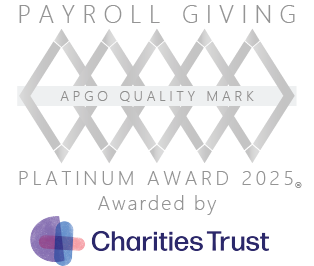Q. Tell us about what Mail Metro Media is doing currently that relates to ESG & sustainability and how you’re involved
A. Dom:
We take all areas of ESG really seriously and that’s not just for commercial reasons. A lot of change has happened over the last six years. It’s not a tick box exercise, which is shown through the variety of initiatives and projects we are actively driving as a business.
Personally, I have a real passion for supporting people within the workforce. Not to dwell on this, but for me it became particularly apparent during the pandemic seeing people who have been affected by Covid and the impact this had on well-being and mental health. If we don’t have a healthy team who are mentally and emotionally supported, they won’t work functionally in their commercial roles. We offer our people lots of benefits to support this; from an onsite free gym, personal trainers, mental health first aiders and nutritionists to an onsite GP and counsellors. We also use our journalists’ content to provide advice and tips for staff across all sorts of issues from finances to insurance.
Corporately, what I feel most proud of over the years that I’ve been at Mail Metro Media, is our charity, “Mail Force”, which has galvanised our readers and supporters to tackle some of the big issues of recent years. Mail Force has a big voice in the marketplace and has raised over £25m in cash and equipment for PPE and Computers for Kids, £15m for computers for kids in schools and £12m towards the Ukraine refugee crisis. We also match our people’s fundraising for their personal charities outside of work which I think is great.
Ryan:
Last year we worked with KPMG to audit our greenhouse gas emissions and produce up a high-level roadmap to highlight possible scenarios of reduction. In that process we realised that actually we need to reset our carbon emissions, not because they were wrong but because it made us aware of lots of things we hadn’t accounted for. With KPMG’s assistance, we have embarked on a reset submission for the whole of our consumer media division gaining support from the board level to the teams and people submitting the data. We are hopeful that once we have a new view of our foundation, we can work on a robust, practical and accurate plan. We are really happy about the work we are doing, it’s a journey and it’s important to be transparent about that. Being such a large company, we must make sure something like this is done thoroughly.
An example of a tangible change we have made regarding a carbon saving initiative is switching off programmatic infrastructure when we are running direct takeovers and direct sponsored content. Switching off head of bidding is a smart solution by the programmatic team to make processes more efficient, reduce carbon and improve ad load and user experience.
We have lots more plans for the future which will really help us shift the needle on emissions… so watch this space.
Q. Do you think advertisers should be planning media investment with ESG goals in mind? Is it something people are asking for?
A. Dom:
There are more people bringing this up, but it’s clear who’s just ticking a box. Positively, many more advertisers and clients are leaning in to being more collaborative with us. It varies who this push is coming from between both agency and client, but there is very positive behaviour happening.
Ryan:
Most agency holding groups have sent questionnaires in some guise or form to ask ESG questions. In meetings, clients always want to hear about things you’re doing. Last year sustainability was the big one, rather than ESG in its full guise. Everyone was focused on carbon and asking how to reduce carbon in campaigns, to which I provocatively liked to challenge – that if you look at attention metrics, sometimes buying more high impact formats can drive more attention, driving more impact per impression and resulting in less wastage. Overall, it should be about being more strategic about what story you’re trying to tell.
We’ve seen quite a mix in terms of which ESG strands are focused on in briefs. For example, recently we have had briefs that are focused on diversity planning which we can get stuck into using our partnership with Diversity Standards Collective, allowing us to use diversity focus groups within different communities to help with brief responses. Yet we’ve had other briefs that are more focused on sustainability which can be influenced somewhat by the media partners they are working with such as Sky or Channel 4 who had a heavy sustainability focus. But I would say that the briefs often don’t ask about a broader ESG question set. The challenge we find is that we want to respond in the most comprehensive way. It takes a lot of work to pull together everything you are working on collectively from an ESG perspective without it sounding like shopping list of the things you’ve done.
Dom:
Ryan has been working on tying all these different parts together; from HR, DE&I, CSR, ESG, Sustainability and collating it into something with the same overarching goal. People used to say “this is the year for…” enter buzzword! But it shouldn’t be “this is the year” anymore. That must go! Otherwise, it comes across that these topics have not been important previously or that they’re not important next year. It should be about an evolution and continual progress across all key initiatives.
Ryan:
Mail Metro Media reaches 35m people across the country from various walks of life and one thing we have strived for on the ESG front is knowing what consumers think. This is why we have commissioned large scale studies and research such as The Diversity Factor (focused on 6 different communities) and Shades of Green (focused on sustainability within 11 different categories) because when you’re talking about sustainability in the abstract and carbon audits, we are forgetting that we are in the business of communications and advertising. We’re also about how you try to convince consumers to change behaviour or the products they are buying. We have put time and effort into these research pieces so we can educate our team to understand their audiences better, make campaigns more activational and help clients plan better.













